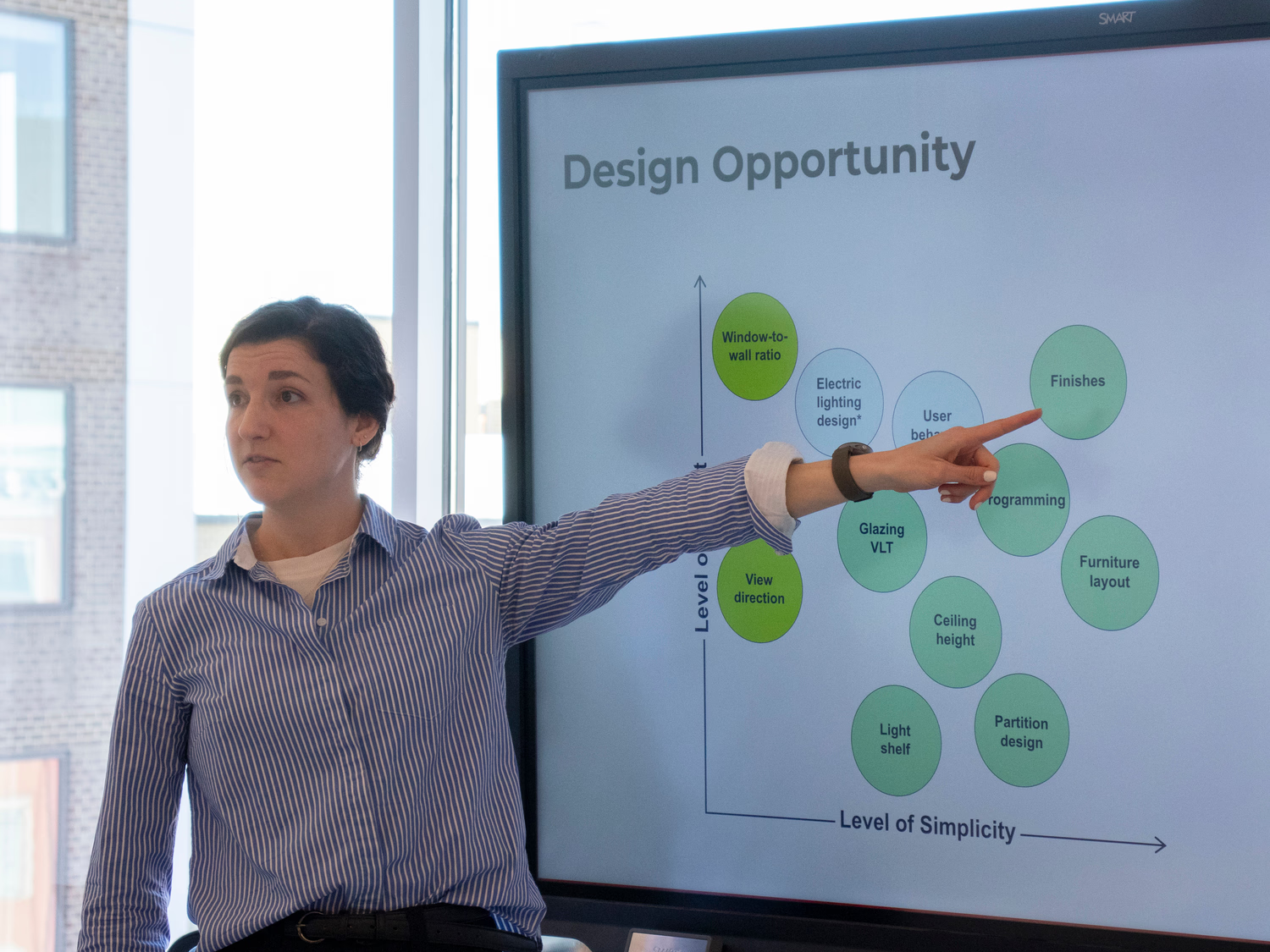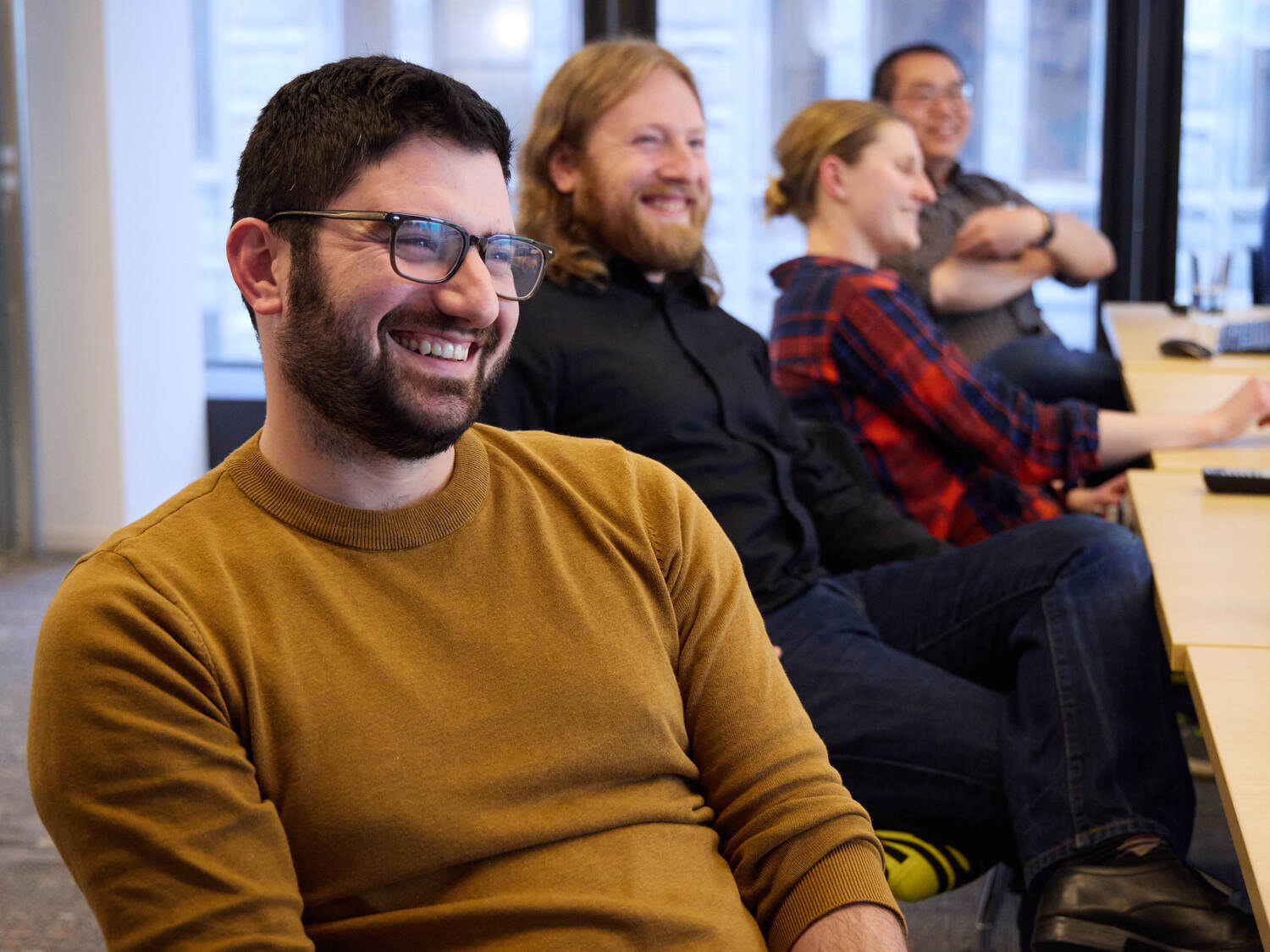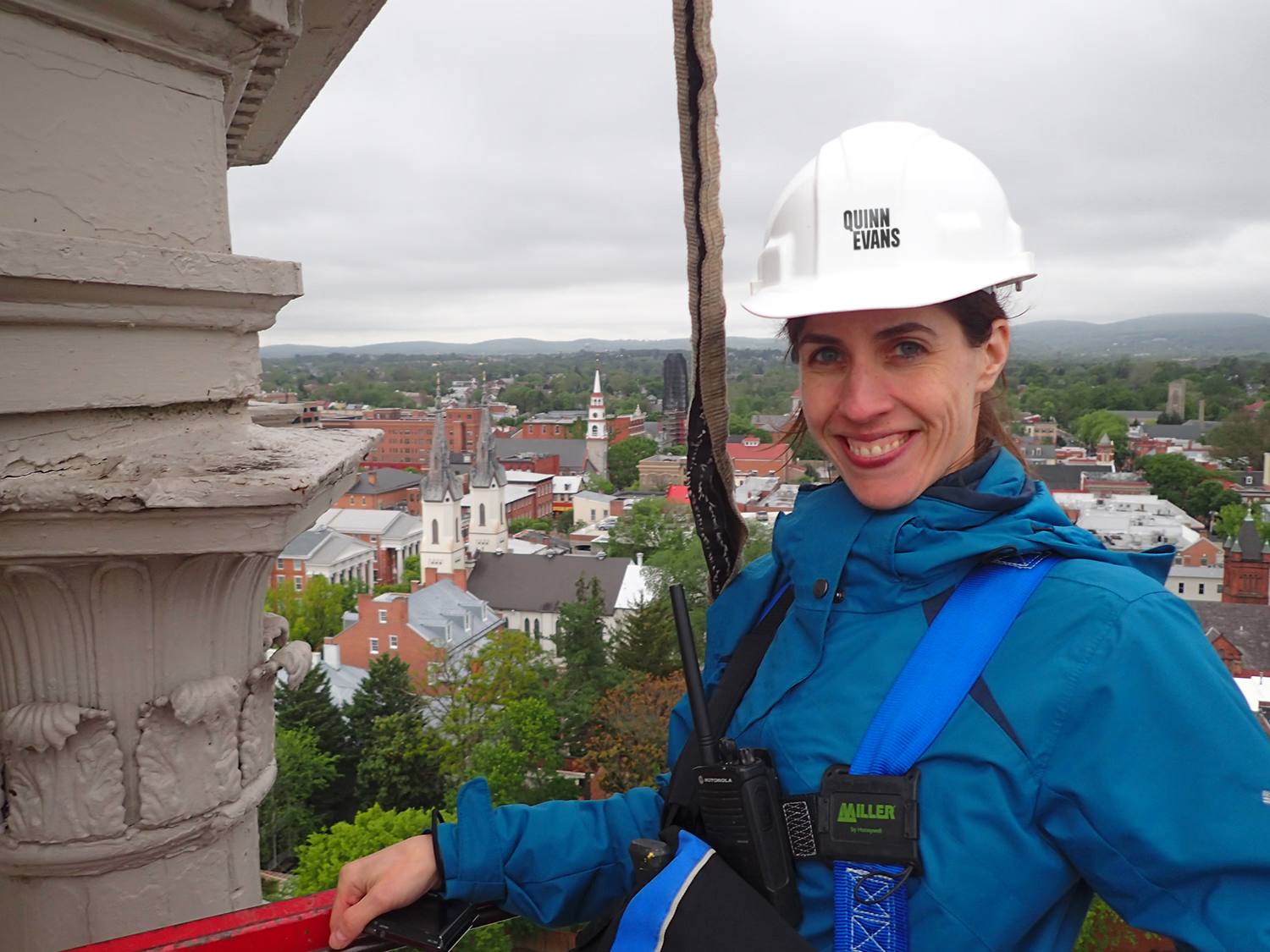Given the profound consequences of loneliness and isolation, we have an opportunity, and an obligation, to make the same investments in addressing social connection that we have made in addressing tobacco use, obesity, and the addiction crisis.
Dr. Vivek Murthy, U.S. Surgeon General
Social connection is a basic human need. Since time immemorial, people have built places to gather, like the plaza at Sechin Bajo and the agoras of ancient Greece. The Covid-19 pandemic and associated lockdowns taught us that while it’s possible to have social interactions online, it’s just not the same as being face-to-face with others. In fact, in our increasingly digital world, loneliness is on the rise. Given the negative health impacts of social isolation, the U.S. Surgeon General has gone so far as to call it an “epidemic” and has released a Framework for a National Strategy to Advance Social Connection.
Luckily, even small, everyday social interactions help combat loneliness. As with other systemic problems like climate change and social inequality, the built environment has an important role to play in addressing loneliness and isolation.
In all of our projects, we seek to increase social infrastructure – the gathering places that support and encourage social interaction.

Next-Generation Social Infrastructure
As our society changes, so must our social infrastructure. Participation in church congregations and fraternal orders, both traditional places for social connection, is declining. Social inequality and ideological polarization are increasing, meaning the “third places” (like shops and restaurants) we frequent are becoming more homogenous. Interacting only with people similar to ourselves can lead to a lack of empathy for those who are different from us.
The next generation of social infrastructure must combat these tendencies by being welcoming and accessible to everyone. We need public places where everyone can pursue common interests regardless of personal differences. By increasing our social connections with individuals from diverse backgrounds, we develop interpersonal understanding and become more likely to advocate for others.

A New Role for Existing Places
Municipalities are increasingly viewing social infrastructure as a vital public service that should not be left to businesses or other private organizations to provide. Many of our public places were not originally built with social infrastructure in mind and are now being asked to accommodate new functions for which they were not designed.
For example, libraries were traditionally focused on the quiet reading room. Today, local libraries like Varina Library and Allegan District Library are still a place for learning, but more in the form of group study, public programs, and hands-on – sometimes loud! – engagement. Museums used to house static displays; now spaces like the Molina Family Latino Gallery at the National Museum of American History feature interactive exhibits meant to engage larger groups. Schools across the country are prioritizing students’ psychosocial development in addition to academic achievement.
Our existing places must be adapted to better support their new role as social infrastructure. We approach renovation projects holistically, looking for opportunities to foster social connection at all scales: within the building, on the site, in the larger neighborhood, and beyond.

Fostering Connection at All Scales
Like sustainability and equity, we think about social infrastructure in all our projects – but we know we can’t offer meaningful design solutions until we understand the community’s needs. We always begin the design process by asking stakeholders what they need from a place. For example, while we’re experts in library design, we’ve learned that some libraries focus on events and programs while others want more spaces dedicated to early literacy or group study. For existing places with deep community meaning, we seek to honor the place’s importance and potentially add new layers of meaning.

Building Interior
Many of the design moves that create social infrastructure are classic placemaking strategies – only in addition to drawing people in, they encourage them to stay and chat a while. Comfortable furnishings and something interesting to look at – a fireplace, artwork, or views of the outdoors – invite people to linger, while movable tables and chairs allow them to adapt the space to their needs. Free Wi-Fi and gathering spaces for groups of different sizes help people work or play together. Inclusive restrooms allow everyone to stay longer. Cafes, like the ones at Center Stage and Open Works, draw foot traffic.

Building Exterior & SITE
An accessible and inviting entryway signals that everyone is welcome. Large street-facing windows put the interior activity on display, piquing the interest of passers-by. Terraces with outdoor furniture, Wi-Fi coverage, and power outlets extend activity into the campus or city. School grounds can provide vital public recreation activities outside of school hours.
Safety is a primary concern for public facilities. Old, young, and otherwise marginalized users are particularly attuned to whether places feel safe. Safety is an especially important consideration when students are sharing facilities with the public. We are adept at designing for secure building access and discouraging unwanted activity through careful site design.

NEIGHBORHOOD
We're always looking for opportunities to make connections to the neighborhood, the campus, the community.
Syd Knight, principal at Quinn Evans
We engage in campus thinking, considering each site as part of a larger whole. Even when we’re working on a single building, we ask how we can make connections across or fill gaps in the urban fabric – helping to create dense, walkable cities with robust social infrastructure.
Our holistic approach to design helps us see opportunities for consolidating or sharing resources across public facilities. For Newport News’ Southeast Community Resource Area, three different entities – a public library, a senior center, and a teen center – requested a teaching kitchen. We planned for a shared teaching kitchen in the consolidated Huntington Center, which will also share parking and athletic facilities with a nearby middle school. This approach is recommended by the Surgeon General’s Framework because it fosters intergenerational and intra-community social connections.

A Connected Future
At this critical juncture for our society, we must recognize the value of social infrastructure and invest in it as a crucial public service the way we do transportation or energy infrastructure. With the Surgeon General’s Framework, the federal government has designated social connection as a public health priority and asked local governments and philanthropy groups to fund projects that increase social connection. We look forward to seeing new research on best practices for social connection emerge, and to zoning code changes that make it easier to share resources (like parking) among different facilities. In the meantime, we’ll keep building on the lessons we’ve learned from decades of designing community places.


.avif)





